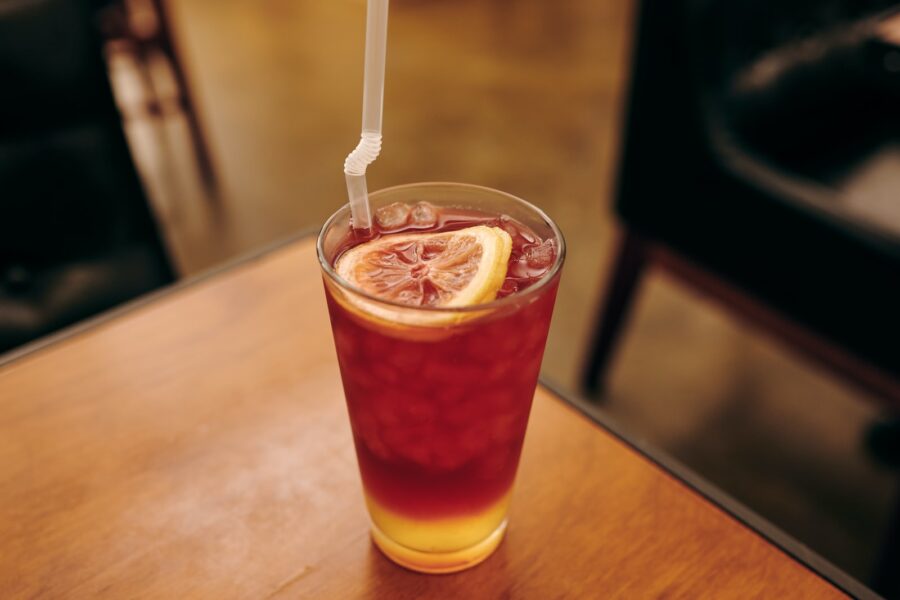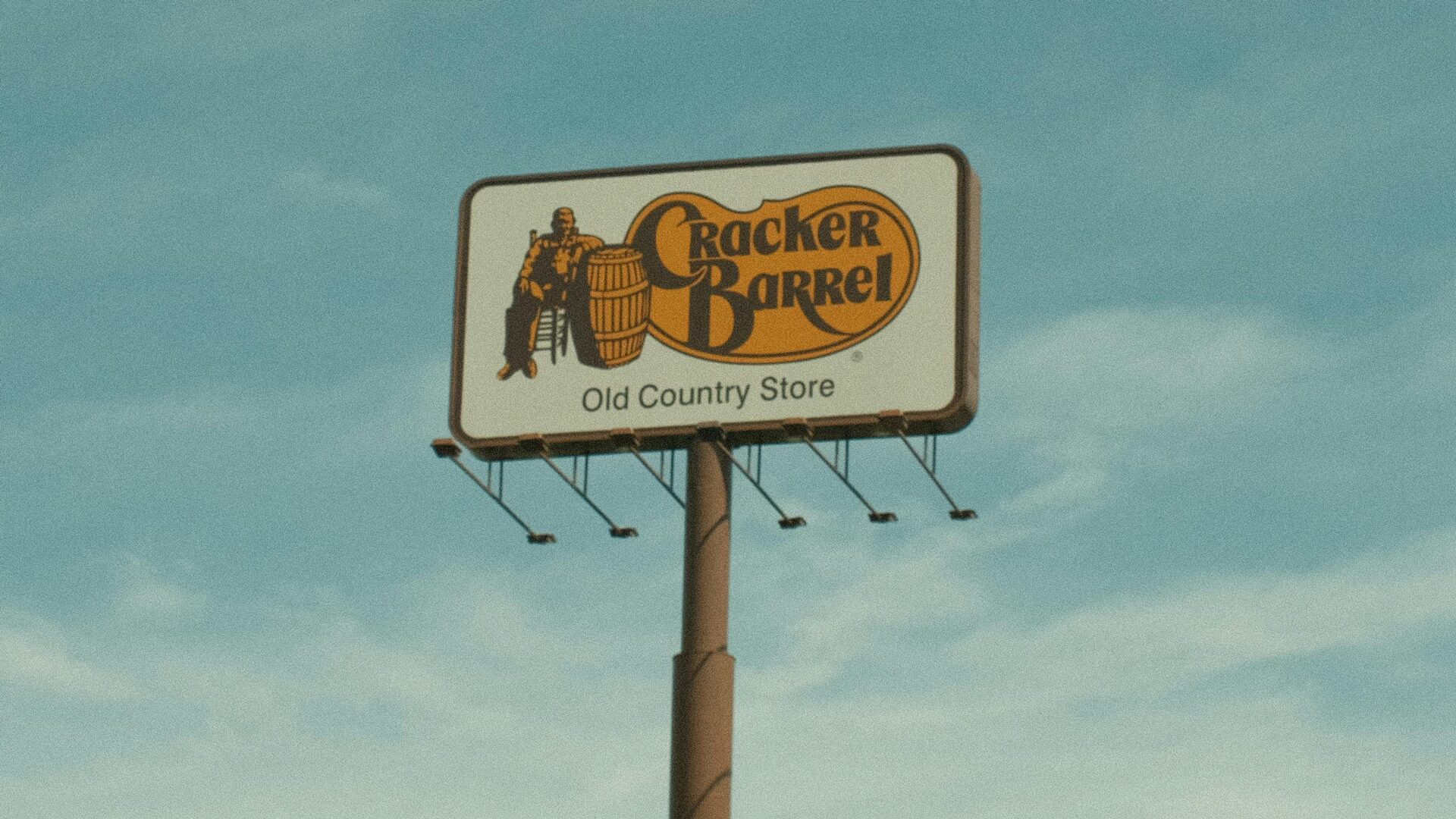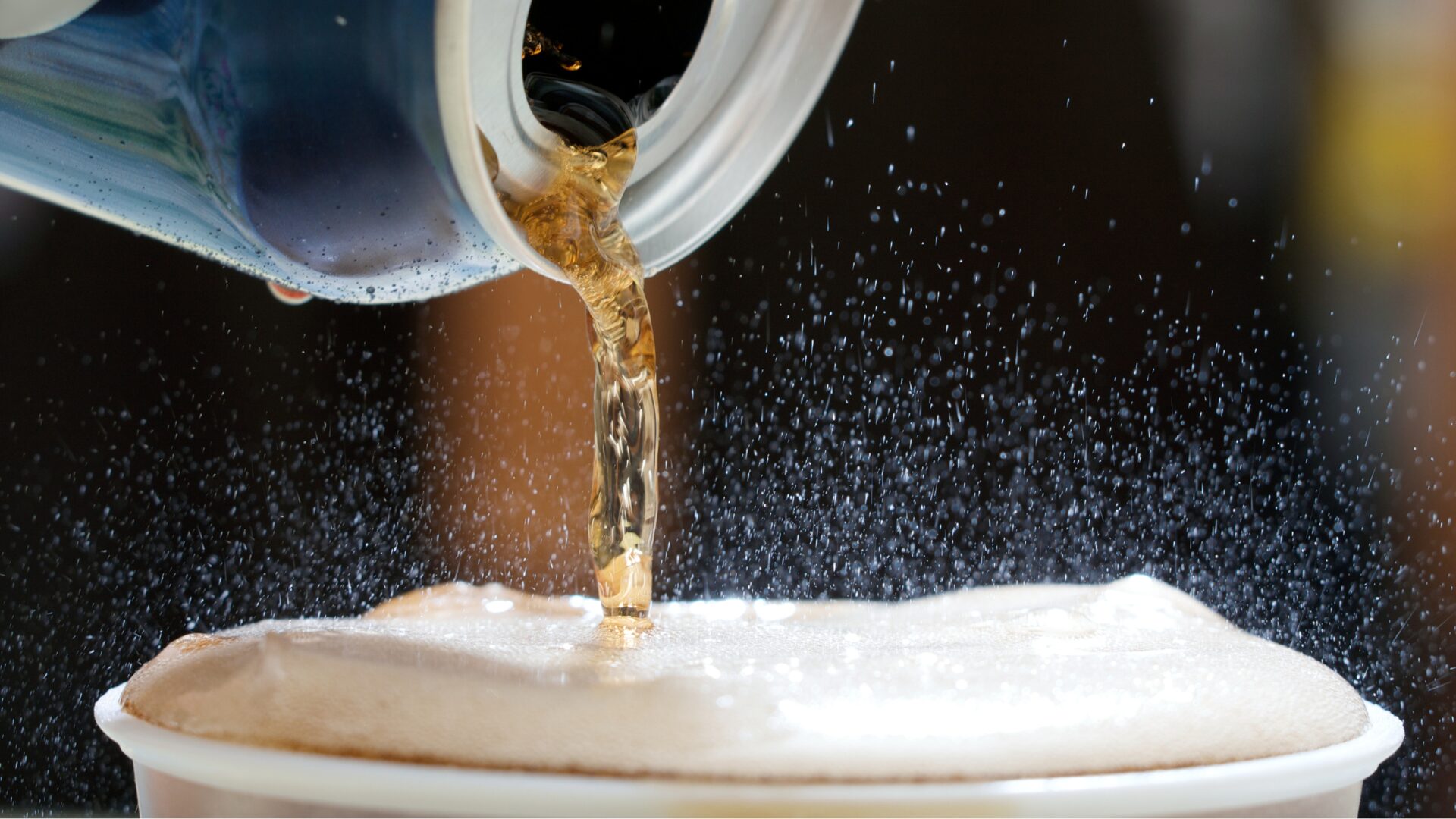Earlier this year, Coca-Cola (KO) chose to shut down most of the Honest branded beverage business it had acquired from Seth Goldman years earlier.
Shutting down an acquisition is a rare decision in CPG firms. Often, leadership tends to harvest these businesses somehow. The surface-level explanation we received from the company had something to do with needing the distribution space immediately for other businesses. Presumably, these other businesses commanded higher priority access to the Red Trucks because they were either a) more profitable or b) had a more significant upside potential in the eyes of bottlers and KO leadership. I’ll come back to the latter in a bit.
The sudden dissolution of Honest Tea this year caused a chorus of my colleagues in the early-stage end of the CPG industry to proclaim: “See! Large companies can’t process these acquisitions and treat them well.”
I can’t entirely agree with this. Most beverage acquisitions happen in the 9-10 figures of revenue, and the track record here is pretty good, much better than the track record of scaling acquired food brands post-acquisition. This includes premium beverage brands, as well.
But some even went further on social media and claimed that Honest Tea’s dissolution proves that BigCo can’t innovate (or can’t support internal innovation).
My prior experience consulting for public beverage companies suggests that it is hard for large firms to scale premium-priced acquisitions internally and hard for them to build large businesses from scratch, as well. But the difficulties doing either are mainly political and not inherent to the talent or capabilities in the buildings. Successfully scaling up any new brand tends to occur when C-level leadership has directly “ordered” sales, marketing, and R&D leadership to make something happen jointly. Things tend to go sideways when the “idea” originates in just one of these three silos.
My favorite example of Big Beverage doing it right is Simply Juice, founded in 2001. Simply is one of the most successful internal brand incubations ever pulled off at a public beverage company. The brand innovated a technically unique process to blend random oranges from multiple sources into a super-premium, consistently tasting result. Minute Maid leadership was smart enough to put it under a new trademark at a significant initial price premiums per unit (and not turn it into a Minute Maid line extension). At over $800M in annual sales today (per Statista.com) Simply Orange is the country’s #2 orange juice brand. The Simply brand yields well over $1B in annual revenue.
So, why didn’t Honest Tea wind up like Simply?
KO used its Venturing and Emerging brands group to make a $43M minority investment in Honest Tea in 2008 when the brand’s trailing revenue was only $23M. Honest Tea’s primary benefits were the cash and potential distribution access via KO. In 2011, KO made an unusual decision for a public company: it bought the rest of the Honest business when it was only around $70-80M in annual revenue. This is quite early for new brand M&A, especially if we look at the acquisitions of Fuze, Snapple, Glaceau, Body Armor, Naked, Core, etc. In 2011, Honest was a Phase 4 early-stage business (selling between $30 and $100M). And this is the phase when growth is not the challenge; it’s a brand’s growth rate. Phase 4 is a typical deceleration period for new brands that are not firing on all cylinders.
Although Honest Tea had grown exponentially before 2008, the 2008-11 topline numbers were the first warning sign of a long-term problem for a premium-priced beverage brand inside a public company’s vast holdings. During this period, Honest witnessed a deceleration to a +45% CAGR. When viewed from inside a public company like KO, this is not lousy growth. But it’s a yellow flag to me.
It’s easy in Phase 4 for a confident founder to point to the lack of distribution gains as the business’ primary growth problem. This is because premium-priced brands generate 50-200% more revenue per point of ACV than large, iconic brands in the same categories (in this case, Lipton). So, they routinely get to $100M with only 30%, 20%, or even 15% ACV in a few cases. In most cases, there appear to be tons of upside in distribution. No doubt, the impetus to fully acquire Honest in 2011 was to get it access to the Red Trucks (or at least try to do so).
But distribution is not the only challenge for early-stage beverage brands.
The scale of the long-term audience for the brand is another challenge, as is the ability for the brand to relax its average unit pricing to unlock less frequent using households.
At premium prices, the productivity of every additional pt. of ACV past 30-40% of MULO ACV usually declines. Finding ways to cut costs to maintain margins as you reduce unit SRPs is critical in the nine figures. Yet premium brands tend to rely initially on expensive ingredients in the global supply chain. The challenge becomes reducing their cost with scale. Honest Tea’s fair trade, organic tea was undoubtedly one of these expensive ingredients. But quickly lowering the cost of agriculture commodities by 20-30% requires a substantial increase in volumes.
And the killer attribute for Honest Tea was neither “organic” nor “fair trade.” It was the brand’s low sugar volume per bottle. And its noticeably lower sweetness. Seth Goldman achieved both without industrial additives of any kind. Today, this design trifecta doesn’t seem very innovative in the category after the rise of Teavana RTD drinks, Gold Peak unsweetened and Pure Leaf teas. But, in 1998, the average RTD tea beverage (Lipton, Arizona, Snapple, and private label) was loaded with sugar and corn syrup. There was very little tea at all in these bottles. Nor was it of the same quality found in emerging bagged tea brands like Traditional Medicinals, Yogi tea, or Numi. Honest Tea’s design trifecta was years ahead of its time in 1998. Probably too far ahead of its time.
2006 is when the irony of Honest Tea’s later acquisition becomes clear in retrospect.
That year, KO launched Gold Peak, its take on a premium brewed tea (with a definable origin in Kenya) featuring an array of sweetness levels – sweetened, unsweetened, lemon, diet, and green tea. The presence of unsweetened was a significant innovation as the lower sugar levels in their lemon and green tea versions. The lemon, diet, and unsweetened all seemed aimed directly at Snapple, Lipton, and Arizona brand consumers, the base of the category. KO chose not to match the low sugar levels of super-premium brands like Honest and Teavana because transitional stepping-stones (i.e., high to low sugar) tend to work better for large-scale audiences in the U.S. when capturing a long-term trend. Consumers can move across the UPCs as they get more sugar-averse.
Gold Peak grew rapidly in the Red Truck system offering KO a broad platform to grow an iced tea brand it wanted to compete with Unilever (Lipton) and Pepsi (Teavana). And the timing of this explosive growth couldn’t have been worse for Honest. During Gold Peak’s nine-year journey to $1B, in 2012, Coke launched another tea business, extended from the FUZE brand purchased years earlier from Lance Collins. Fuze tea became a $1B tea brand in just three years. This gave KO two billion-dollar RTD tea brands – Fuze for the masses and Gold Peak for more premium consumers.
In 2011, KO leadership was no doubt preparing the Fuze tea rollout as its adjunct innovation group – VEB – was completing its acquisition of Honest. Ships sailing past each other in the night? Parallel bets? Only a tiny number of executives know the real story here.
Although Honest has much lower maximum sugar content in its flavored UPCs, the symbols of ‘organic’ and ‘fair trade’ made the brand a niche offering in 2011 to retail buyers (and definitely to KO’s bottlers and their Red Trucks). But the real issue that Honest Tea faced is that KO had better performing, higher profit RTD tea brands growing like crazy.
I’ve studied emerging symbolism in premium, early-stage brands for a long time. And “organic” is not a meaningful symbol in beverages outside of fluid milk. This is because ‘organic’ requires a broadly disseminated consumer fear of impurities in a beverage’s supply chain to have any power. This is why organic sells mostly in produce, dairy, and eggs. If organic Pop-Tarts seem like a stretch to you, so should organic tea.
“Fair trade” is much more compelling than “organic” as poor labor conditions on tea and coffee plantations have received broad coverage in the past twenty years. Fairtrade chocolate specifically has done a lot of this attribute marketing work.
However, neither “organic” nor “fair trade” connect to powerful, large-scale consumer outcomes in beverage consumption. These are moral attributes known, at best, to drive added loyalty in the medium term. Many founders and investors continue to oversell their reach, often using poorly done consumer surveys as support.
Honest Tea’s key scalable attributes were a) premium tea flavor and b) low sugar content. Lower sugar remains a long-term megatrend in soft drinks to this day. It’s only getting more powerful as it connects to weight management and blood sugar regulation outcomes.
Honest Tea was a casualty of several factors: lack of real need for another big tea brand at KO by 2015, entering KO through the absolute wrong doorway to be taken seriously in its distribution system, and offering (by touting on the label) ultra-niche attributes that don’t have a large enough of a committed audience, even now, and, finally, getting acquired way too early in the life cycle of any new beverage brand.
I think KO made the right decision this year, given its public company priorities. It most likely never would have scaled Honest Tea much farther in the RTD tea space than it already had because it’s a lower margin business than the two $1B tea brands it already owns AND because, for this reason, it would never command a serious consumer marketing budget. And it is marketing that separates the brands that get from $100M to $1B from those that stall before $300M and flounder. Nor would it have commanded enough attention from KO R&D to put out a multi-serve-size carafe that helped explode the volumes of Gold Peak.
I would close by adding that KO could have scaled Honest Tea on its low-sugar basis today. But only if it was willing to take profits from its leading RTD Tea brands to support the marketing of Honest in an aggressive manner. And this is just not how public companies tend to do things.
About the Author
Dr. Richardson is the founder of Premium Growth Solutions, a strategic planning consultancy for early-stage consumer packaged goods brands. As a professionally trained cultural anthropologist turned business strategist, he has helped nearly 100 CPG brands with their strategic planning, including brands owned by Coca-Cola Venturing and Emerging Brands, The Hershey Company, General Mills, and Frito-Lay, as well as other emerging brands such as Once Upon a Farm, Rebel creamery, and June Shine kombucha.
Dr. Richardson is the author of “Ramping Your Brand: How to Ride the Killer CPG Growth Curve,” a #1 Best-seller in Business Consulting on Amazon. He also hosts his podcast—Startup Confidential.












